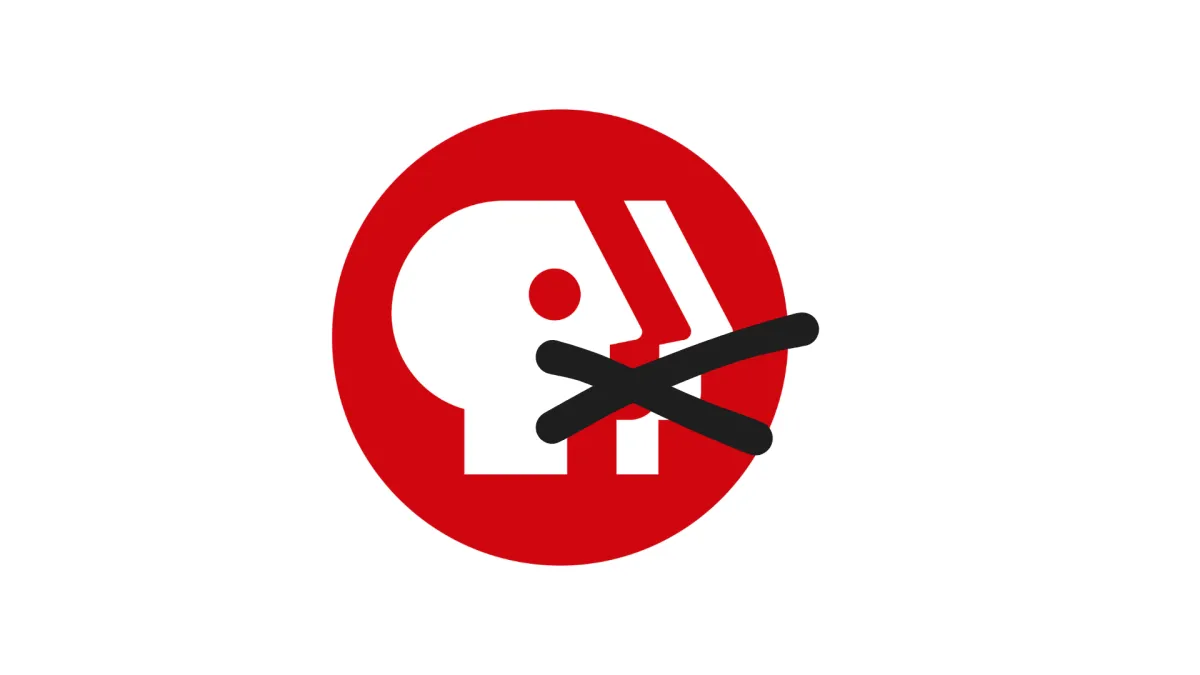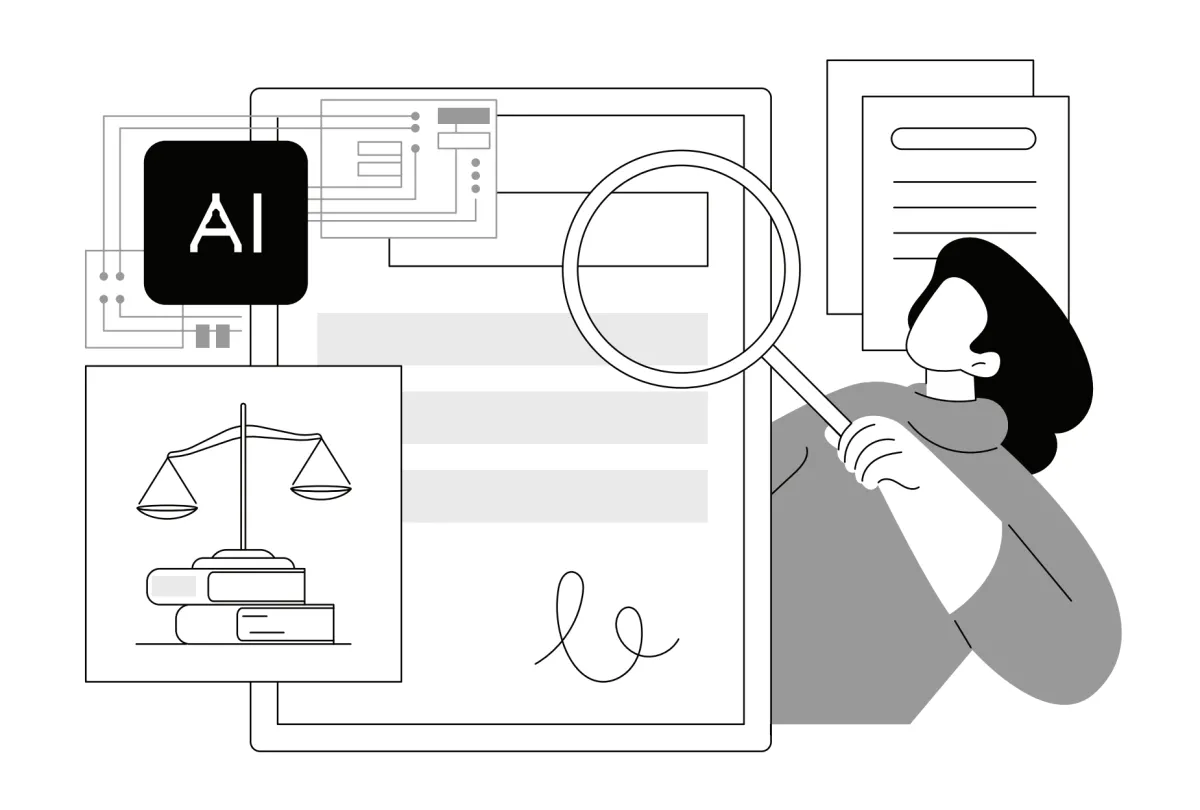
The Synthesis: Here’s What Happened When We Prompted Sora With Taglines From Oscar-Winning Documentaries
By shirin anlen and Katerina Cizek

Generated by Sora Turbo.
The Synthesis is a monthly column exploring the intersection of Artificial Intelligence and documentary practice. Co-authors Kat Cizek and shirin anlen will synthesize the latest intelligence on synthetic media and AI tools—alongside their implications for nonfiction mediamaking. Balancing ethical, labor, and creative concerns, they will engage Documentary readers with interviews, analysis, and case studies. The Synthesis is part of an ongoing collaboration between the Co-Creation Studio at MIT’s Open Doc Lab and WITNESS.
Sora, a new generative AI video tool from Open AI, is named after the Japanese word for sky. Is the sky the limit?
Last year, the company gave early access to 300 artists, some of whom later denounced the company’s product release as artwashing. OpenAI responded with a series of exclusive promotional screenings of artist-made films for industry executives in New York, Los Angeles, and Tokyo. They released the tool publicly to the paid subscription ChatGPT plans. Since then, Wired journalists determined the model is plagued with racist, sexist, and ableist bias. Over on the internet, AI slop farms are pumping out AI-generated media junk at enormous magnitudes.
Though Sora is now out in the world, Open AI still has not disclosed what training data the model draws on. Sources suggest they are pulling from YouTube (perhaps illegally) as well as from video game content.
What might this all mean for the documentary field? We decided to run our own experiment.
To test the limits of Sora, we prompted it with the taglines from the six most recent Oscar-winning documentaries. We showed the resulting 15-second silent clips to a panel of seven documentary luminaries over Zoom. Below, we share with you the clips along with a summary of the conversation, which at first kicked off in a collegial spirit of curiosity (Can’t wait to see this!), that was quickly punctuated by laughter (OMG), and ultimately landed on a collective deep malaise (What world is this?).
We recommend you watch the clips first and then read our synthesized panel discussion below.
1. “These worlds are full of shiny, happy people. (All men).”
First impressions from the group reflected the generic maleness of it all.
The first clip we rolled was American Factory (2020). “There's a reality that no women are in there,” Tabitha Jackson remarked. “There's the assumption that the Chinese billionaire is a man, not a woman.”
Same with the Navalny (2023) clip. Sara Archambault said, “The absence of women in any of these spaces is very fascinating.”
Halsey Burgund added, “That opening shot here just felt like Tom Cruise and Mission Impossible? ”
Archambault agreed, “I was gonna say, is this a Nicolas Cage movie?”
On 20 Days in Mariupol (2024), Abby Sun [Ed. note: who also edited this article] commented: “It's clearly trained on the wrong population of people. All the journalists look like they're at a tech convention. And they're wearing hoodies. You know, the tech uniform.”
Archambault elaborated, ”These folks in there like dress casuals and lanyards in the middle of devastation and war.” Tabitha Jackson noted, “Except that the second woman had clearly dressed like a lady. She knew she was going to feature in this bit of Sora: ‘I need to make an effort. Put my best things on.’”
2. These worlds are sanitized.
The absence of images of conflict was not lost on this panel, even though many of the taglines explicitly articulated class struggle, war, violence, politics, and even an assassination attempt.
Back at the American Factory clip, Archambault identified, “Anything about setback or clash, or anything that signaled the tension of the storyline was abandoned in these videos.”
This result was especially striking in the No Other Land (2025) clip. “This first shot, we see the bulldozer destroying itself,” said Sun. “With this prompt, Sora could have pulled from many things that were uploaded to Youtube or other sources. We could have seen close-ups of people whose homes were being destroyed. But we're getting a very mild conflict, with soldiers destroying empty buildings. The people literally disappear into the dirt. To me, it seems like a very political thing happening here.”
3. Things are not right in this synthetic reality.
Every clip had some break with reality. A bulldozer in the West Bank lost its shovel into the land. In 20 Days in Mariupol, “This dude's using 5 laptops or 5 and a half, 2 and a half laptops,” counted Burgund. In America Factory, he noted that a gift bow appears out of nowhere. “There's some weird stuff with that ribbon. Odd things. Magic. It sort of sprouts out of his hand.”
More magic appeared in Summer of Soul. “Oh, what in the March on Washington,”
exclaimed Jon-Sesrie Goff. “They were singing without microphones, but holding microphones.”
And then, in the Navalny clip, “What is the headless torso?” Archambault said, “I don't know what's going on. There's so many weird physics things going on here.”
Jackson reported, “The guy who's pushing the gurney turns into the person on the gurney.” Ra'anan Alexandrowicz concluded, “This is the most concrete prompt. It could have just shown an assassination attempt of Navalny being injected or something, and yet it's pulling obviously not on the film itself, but on the archive that exists of that event.” Jackson reminds us that in reality, “They put poison in his underpants. So I'm glad Sora didn't attempt to render that creatively.”
Under the sea, with My Octopus Teacher (2021), things are not quite right either. Archambault warned, “That is not an octopus with eight arms. It becomes like a kelp forest.”
Stephanie Jenkins connected this observation to Sora’s source material. “A forest that might not be around for that many more generations. But what it's being fed on is nature footage of the world that has existed pre-climate change or in the midst of climate change.” This feeds back to the idea of a sanitization of realities.
4. Impacts on the state of documentary.
The Summer of Soul (2022) prompt was the only one of the five that included the word “documentary,” so much of the conversation centered around its effects. Jackson said, “There's something in this which is the performance of documentary. If you give Sora a particular date, then it's going to be sepia or black and white. The clip is going to be read as archive. There just seem to be so many assumptions embodied in the smiling interviewee set up, center of frame. This kind of truthiness is the approach that says you can trust this—it's old and it's authentic. There's something depressing about this representation of documentary. And there's something depressing about actual documentaries for the same reasons.”
Jenkins warned that the APA has reports that TV execs are already capitalizing on this aestethic of documentaries. “This is exactly the kind of footage that could be put in place of footage that is too expensive to license. And executives might argue, so much B-roll is already used as stock to give you a sense of place. So why not make it up?”
Sarah Wolozin noticed that some of the images were clearly not from the 1970s. “The data is not labeled by year. And so Sora is just randomly taking it. Some of the clip was from a totally different era. That’s representing history in a really incorrect way.”
In that light, Jon-Sesrie Goff stressed the importance of protecting local news archives.
The group also considered whether the ethics of Gen AI footage could be equated to the historic concerns around reenactments in documentary. Jackson recalled that during her days at the BBC, “Everyone had to label every moment of reenactment on screen until we got used to it. And now, as Halsey said, it's kind of ethically accepted that this is a creative device. So there are definitely resonances. I think this will be accepted as B-roll in a heartbeat.”
Ra'anan Alexandrowicz agreed that in documentary, “so many manipulations without AI are based on the audience just wanting to have continuity, of wanting to continue seeing. But reenactments, usually in a documentary, are directly connected to the subject matter. Maybe the enactment is a tool. But there's still something in the foundation of the film that is a connection between the material that the film is made from and reality.” According to Alexandrowicz, the difference between reenactments and Gen AI is that Gen AI videos are “now reintegrating once they're in the world. They now become a shot that someone will pull on.”
5. Impacts on the audience state of mind.
The cumulative psychological effect of watching these clips was heavy. Ffter the first clip, of America Factory, Alexandrowicz expressed concern: “It became this whole very visceral sensation of trying to understand if I'm seeing something that I saw before, this kind of camera movement, or to something I know of in the world.”
By the time we ended with the clip of No Other Land, Alexandrowicz was really struggling. “The word that comes to mind is anti-indexicality. It's just like the destruction of indexicality, in a sense. It's pulling on some correct things to build this incorrect world. I'm going through waves of visceral reaction. And [No Other Land] is so close to home.”
Jackson noted, “I feel a relief at the fact that there are some kind of egregious indicators that this is not real or true. Immediately followed by a sense of dread that actually the consumer-facing stuff has probably been sorted.”
Alexandrowicz continued, “The human is taken out. It's very dehumanizing. All of these taglines talk about something that's happened to you, something that's happening to people. And the end result is that the human is not there. People are there, but not human. That's the feeling that I get from all of these prompts taken together.”
Conclusion
The sky may be the limit, according to Open AI, but for this ground of documentarians, the ground beneath our feet is increasingly shaky.
The panelists who participated in this experiment were Halsey Burgund, Sara Archambault, Sarah Wolozin, Jon-Sesrie Goff, Abby Sun, Ra’anan Alexandrowicz, and Tabitha Jackson.
Katerina Cizek is a Peabody- and Emmy-winning documentarian, author, producer, and researcher working with collective processes and emergent technologies. She is a research scientist, and co-founder of the Co-Creation Studio at MIT Open Documentary Lab. She is lead author (with Uricchio et al.) of Collective Wisdom: Co-Creating Media for Equity and Justice, published by MIT Press in 2022.
shirin anlen is an award-winning creative technologist, artist, and researcher. She is a media technologist for WITNESS, which helps people use video and technology to defend human rights. WITNESS’s “Prepare, Don’t Panic” Initiative has focused on global, equitable preparation for deepfakes.




